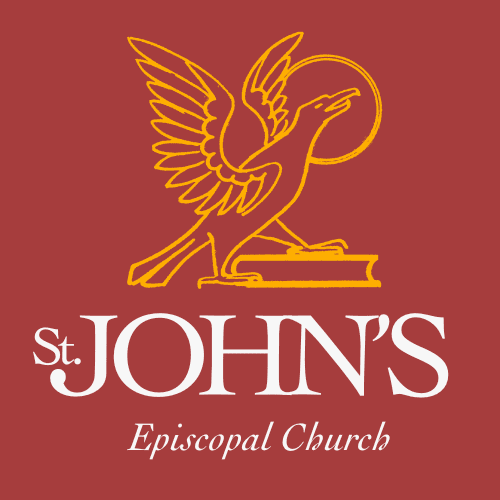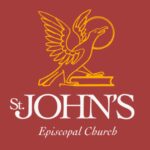Holy Week at St. John’s Episcopal Church
Holy Week, the most sacred time in the Christian calendar, begins on Palm Sunday and culminates in the celebration of Easter Day. At St. John’s Episcopal Church, the week is rich with liturgies that recall the suffering, death, and resurrection of Jesus Christ. Here’s an overview of the services observed from Palm Sunday through Easter Day:
Palm Sunday: The Sunday of the Passion
This service marks Jesus’ triumphal entry into Jerusalem. It typically begins with the Liturgy of the Palms, where the congregation gathers outside or in a separate location for the blessing of palm branches and a procession into the church. The mood shifts dramatically as the Passion Gospel is read or chanted, often in a dramatic, multi-voice format. This juxtaposition of triumph and suffering sets the tone for Holy Week.
Wednesday of Holy Week
A Eucharist or Evening Prayer on this day reflects on Jesus’ final days before his arrest. This service will be quieter and meditative, preparing the faithful for the solemnity of the Triduum.
Maundy Thursday
This service commemorates the Last Supper and Jesus ’commandment (“mandatum”) to love one another. Key elements include:
Foot Washing – Imitating Jesus ’act of humility in washing his disciples’ feet.
Holy Eucharist – Celebrating the institution of the Eucharist at the Last Supper.
Stripping of the Altar – After the Eucharist, all ornaments, linens, and candles are removed from the altar, symbolizing Christ’s impending arrest and abandonment. The church is left in silence and darkness.
Watch at the Altar of Repose, a vigil recalling Jesus ’prayer in the Garden of Gethsemane will also be observed.
Good Friday
This is the most solemn day of Holy Week, commemorating the crucifixion of Jesus. Traditional elements include:
The Solemn Liturgy of Good Friday, which often includes:
The reading or chanting of the Passion Gospel (John 18:1—19:42).
The Solemn Collects, a series of ancient prayers for the world, the Church, and all people.
Veneration of the Cross, where worshippers may kneel before or touch a cross in reverence.
Communion from the Reserved Sacrament, as no Eucharist is consecrated on Good Friday.
Stations of the Cross may be observed as meditative service.
Holy Saturday
This day is one of silence and waiting, reflecting on Jesus ’time in the tomb. A short Holy Saturday Liturgy may be held, focusing on prayer and Scripture.
The Great Vigil of Easter (Saturday Night)
The first official celebration of Easter, this dramatic and ancient liturgy begins in darkness and moves into light and joy. The four primary parts include:
The Service of Light – The new Paschal Candle is lit from a fire, and the “Exsultet” is sung.
The Service of Readings – Old Testament readings recount salvation history, often followed by hymns or chants.
The Renewal of Baptismal Vows – If there are candidates, baptisms may occur.
The First Eucharist of Easter – The church bursts into celebration with bells, joyful hymns, and the proclamation of Christ’s resurrection.
Easter Day: The Sunday of the Resurrection
The culmination of Holy Week, Easter celebrates Jesus ’victory over death. The Eucharist is joyful and triumphant, with:
Alleluias restored after their absence in Lent.
Bright vestments, flowers, and music rejoicing in the resurrection.
Renewal of Baptismal Vows, reinforcing the new life found in Christ.
Holy Week is a deeply immersive journey through the heart of Christian faith, moving from sorrow to overwhelming joy. Each service invites worshippers to walk with Christ, experiencing the depth of his love and the power of his resurrection.

